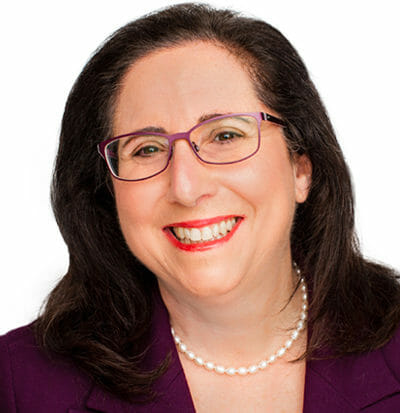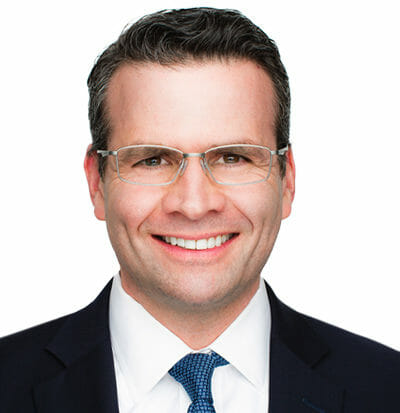Trade associations, government bodies, technical institutes, and other public and private entities that certify that goods and services meet certain quality standards are now able to register their certification marks in the EU.
The EU certification mark, available as of October 1, 2017, is defined in the implementing regulation as a mark that is “capable of distinguishing goods or services which are certified by the proprietor of the mark in respect of material, mode of manufacture of goods or performance of services, quality, accuracy or other characteristics, with the exception of geographical origin, from goods and services which are not so certified.”
The EU certification mark is used to indicate that the goods and services protected by the mark comply with certain supervised quality standards, which must be set out in a document called “regulations governing use” filed within two months after the application. The certification mark is available to any public or private entity or natural person who is certified to ensure that the goods and services comply with the relevant quality standards. The owner of the EU certification mark must not, however, carry on a business involving the supply of goods and services of the kind covered by the mark, and must file a declaration that it complies with this requirement when it applies to register the certification mark.
The EU certification mark adds a third type of trademark to the marks available in the EU, along with the individual trademark and the EU collective mark. The certification mark has a significant functional difference from both of these other kinds of marks. While an individual mark and a collective mark each indicates the source of goods and services covered by the mark (an individual person or entity in the case of an individual mark, and the members of an association in the case of a collective mark), the certification mark does not indicate the origin of goods and services. Instead, the certification mark distinguishes goods and services certified by the mark’s owner from non-certified goods and services. A key requirement in the EU is that the certification mark owner must not be the supplier of the goods and services. Put another way, the EU certification mark communicates that the goods and services have been certified by the mark owner, not that they originate with the mark owner. Thus, in contrast to individual and collective marks, the certification mark is not used by the mark owner, the certifying entity. Rather the certification mark may be used by companies and individuals that comply with the standards defined by the owner of the certification mark.
Each EU certification mark is defined in the “regulations of use,” which must be filed within two months after the application and must set out the characteristics of the goods or services to be certified, the conditions governing the use of the certification mark, and the testing and supervision measures to be applied by the certification mark owner.
The EU Intellectual Property Office (EUIPO) has set out specific grounds for refusal of applications to register certification marks. For example, the EUIPO will refuse an EU certification mark application if the public is liable to be misled as to the character of the mark, in particular if it is likely to be perceived as something other than a certification mark. As another example, the EUIPO will refuse a certification mark if the sign indicates a quality that is different from or contradicts the subject of the quality standard as stated in the regulations of use. For example, ABC TEST PURE ORANGE JUICE, where the regulations of use certify that the covered goods contain juice made of apples, would not be allowed. Further, the EUIPO will refuse a certification mark application if the regulations of use do not clearly indicate whether use of the certification mark is authorized for any person who meets the required standard, or whether only a specific category of persons may use it (a set of objective criteria must be applied to define the permitted category).
Although certification mark registration is new in the EUIPO, certification marks have existed for years in some member states of the EU, such as the United Kingdom and France (where certification marks are regulated as part of the collective mark system). Certification marks may also be registered in the United States, Canada, and Australia, among other jurisdictions. Companies and individuals who wish to register or use a certification mark should be attentive to the possibility of inconsistencies in the requirements of different jurisdictions. For example, in the United States, a certification mark may be used to indicate geographic origin, but in the EU this is not allowed. As another example, Australia and Malaysia allow certification mark owners to certify their own goods or services, but in the EU and the United States this is not permitted.
Since the EU certification mark system went into effect on October 1, 2017, there have been over thirty applications to the EUIPO to register certification marks. These include GLOBAL ORGANIC TEXTILE STANDARD GOTS & Designby Global Standard gemeinnützige GmbH; ECOVIN & Design,by Ecovin GmbH; and CFA CHARTERED FINANCIAL ANALYST & Design,by CFA Institute. All applications for an EU certification mark are currently under examination.
The filing fees for an EU certification mark when filed online are EUR 1,500 for the first class, EUR 50 for the second class, and EUR 150 for each subsequent class.



















































